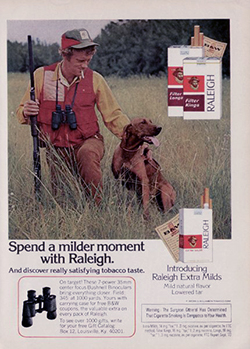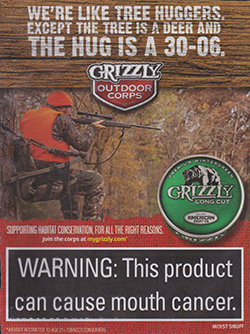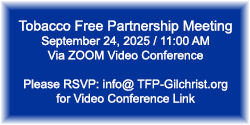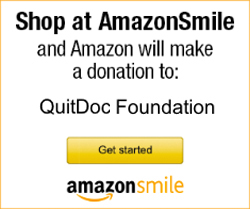News and Events
Big Tobacco Has a Plan to Market Products in Rural Areas
September 7, 2017
It is well known that tobacco companies market heavily in Florida and the United States. In fact, tobacco companies spent over $8 billion dollars marketing cigarettes in 2014 alone. Florida is one of the states where tobacco targets the largest amount of marketing dollars. Cigarettes aren’t the only thing marketed to us, either. Smokeless tobacco companies spent about $600 million dollars in marketing products in 2014. In addition to the vast quantities of money spent by tobacco companies to advertise their products here on the local level, they study certain “markets”, or groups of people, to figure out what kinds of messages will sell their products.
Smokeless tobacco companies also target rural residents with multiple strategies including local promotions such as camo colored advertisements, and outdoor advertising at rural convenience stores and gas stations. As a result of the 2009 Family Tobacco Control Act, free tobacco samples are allowed adult-only locations where youth under age 18 are not allowed entry. Smokeless products are given away at large agricultural expos in the rural Southeast which were attended by many FFA and 4-H members. Tobacco companies want to build brand recognition for their products, so this FDA regulation keeps youth away from this type of tobacco marketing. Flavored tobacco products are specifically targeting young people, according to tobacco company internal memos. Internal memos show an employee of US Smokeless discussing flavors that appeal to adolescents saying: “Cherry Skoal is for somebody who likes the taste of candy, if you know what I mean." What they mean is YOUR kids. Print ads for smokeless tobacco products portray men in tree stands with dip, and include messages making fun of conservation, while supporting “habit conservation”. Other products such as snus bill themselves as hunting or fishing friendly.
Besides the obvious manipulative messages present in the advertising of these products, there are additional issues to consider in this discussion. Where do these cigarettes that fishermen smoke end up? Where do snus pouches land when they are spit out? What about chewing tobacco? The truth is that tobacco trash is the number one liter on planet earth. Tobacco contains nicotine, which is a poison for animals, including fish. Cigarettes that are carelessly thrown in a river, or on the ground, do not just disappear. They are not easily biodegradable, which means they can be a long-term pollution issue. In fact, last year during the community Suwannee River clean up, several bags of tobacco trash were collected which even included partial packs of cigars, cigarettes, and dip! All of these items can introduce nicotine into the water, which has been shown to harm fish, birds, and other wildlife.
So what you can you do about these issues? First, keep an eye on tobacco advertising in your community. What do you see when you go to the gas station, grocery store, or convenience store? That might give you a clue of the way tobacco companies are marketing to tobacco users, and young people who frequent these stores. Second, support local tobacco-free policies that limit tobacco use such as at festivals, or other local events. Not only will this protect non-smokers from secondhand smoke, but it will help cut down, or eliminate, tobacco litter of all kinds in the community.
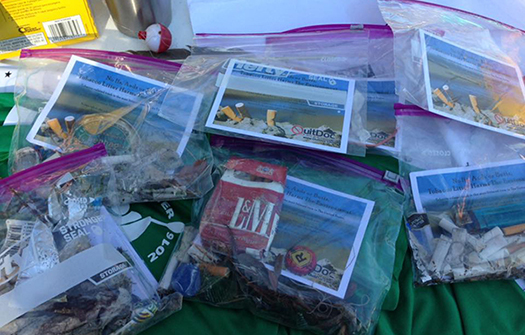
It is possible to show tobacco companies that we will not be manipulated by their targeted marketing to us as rural residents. Our Students Working Against Tobacco clubs are working hard to be a tobacco-free generation. Let’s support their efforts and protect our own health and environment as well.

